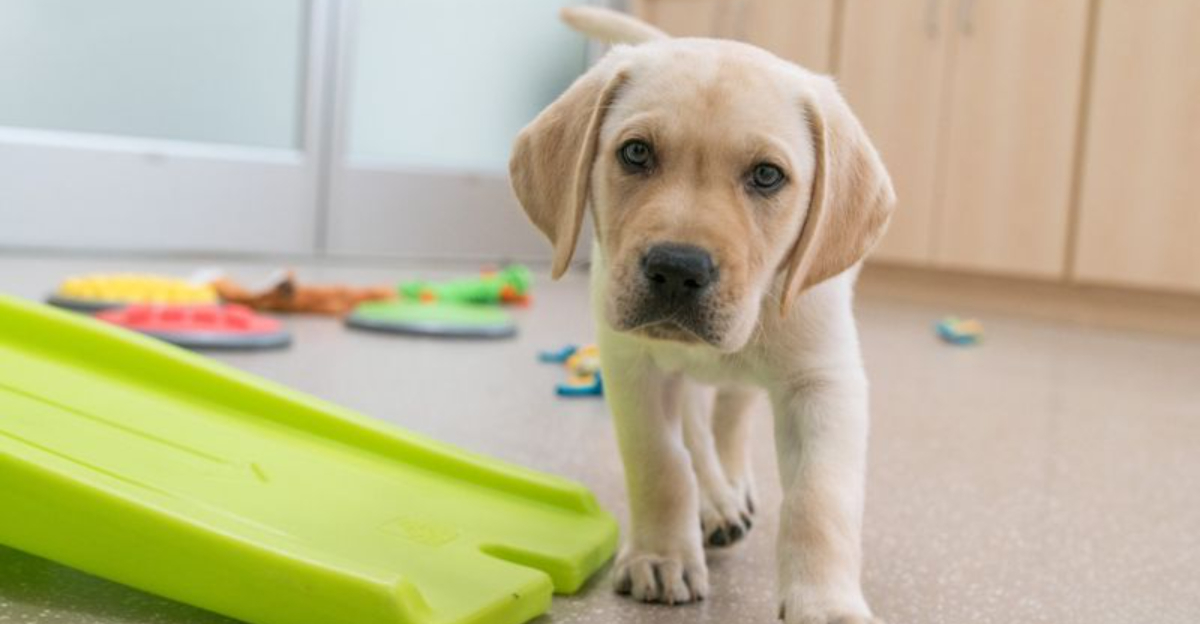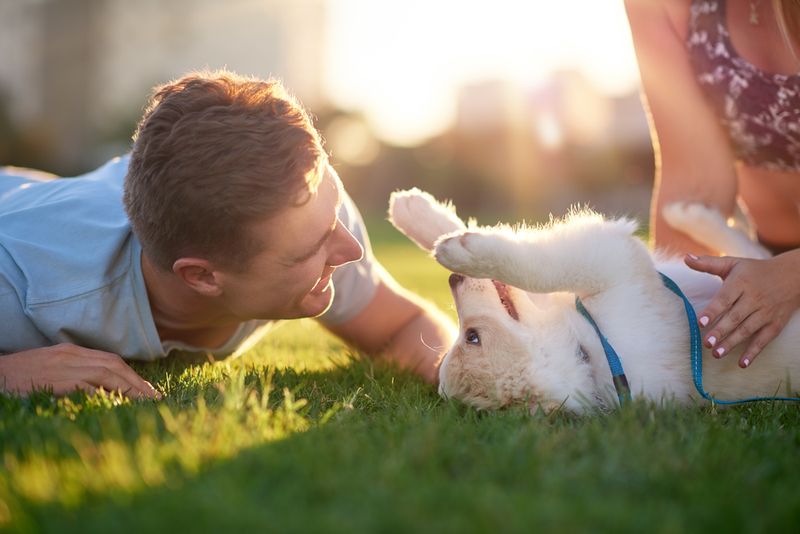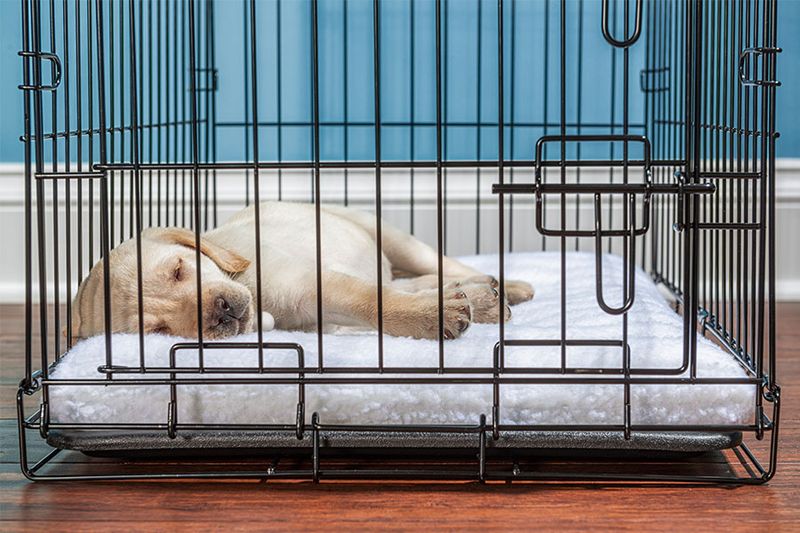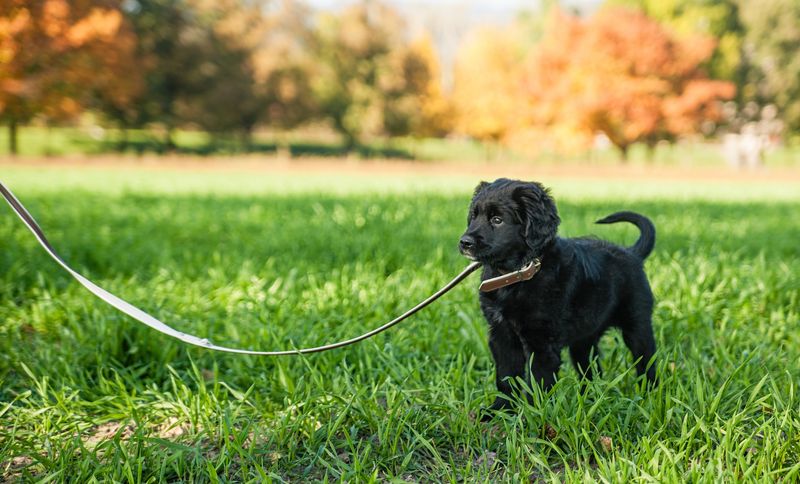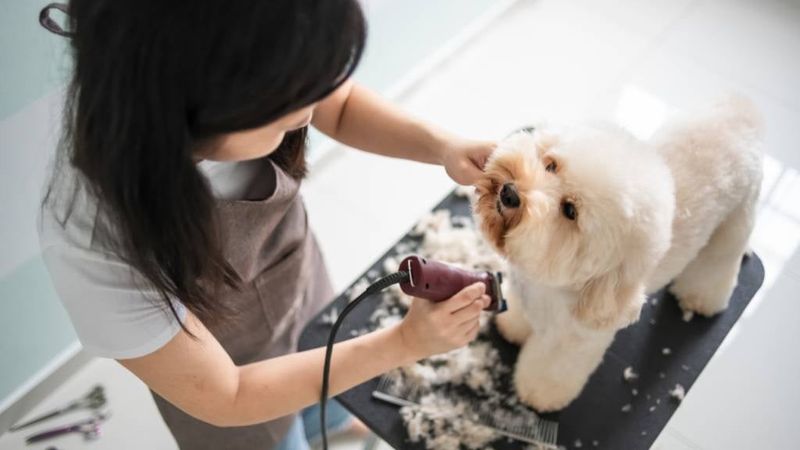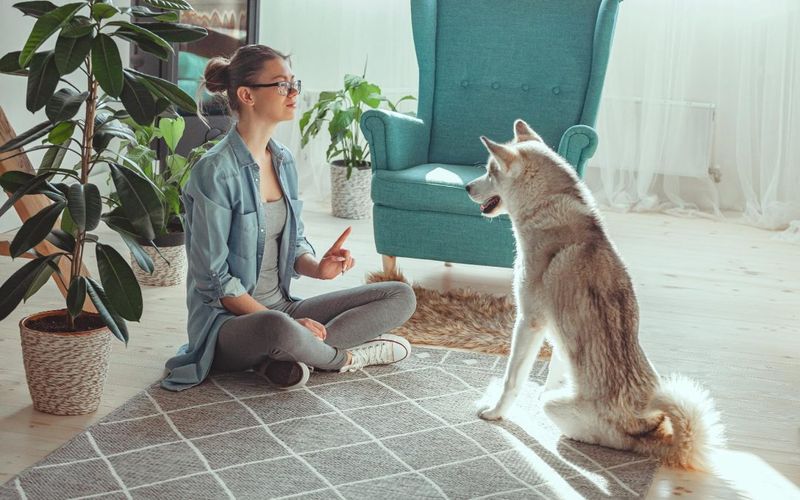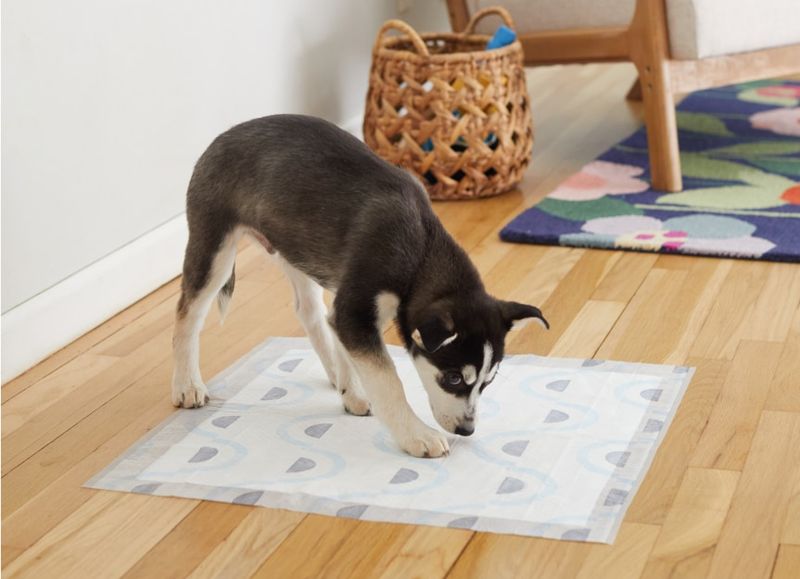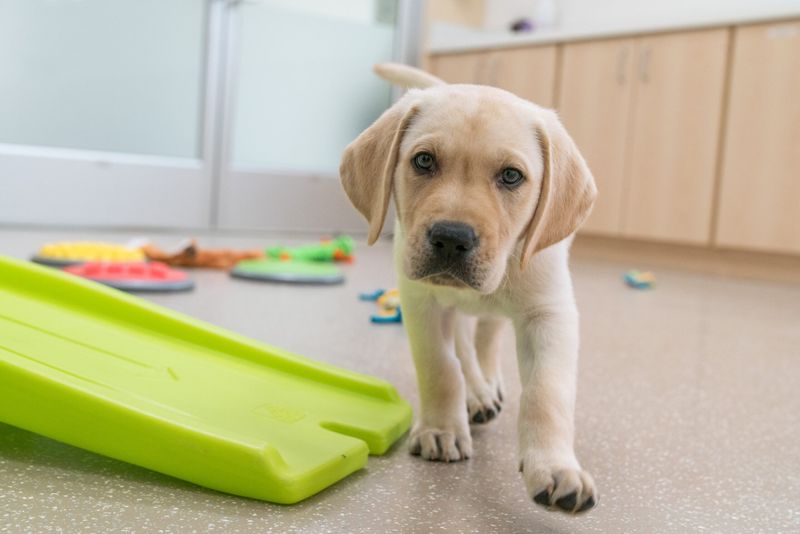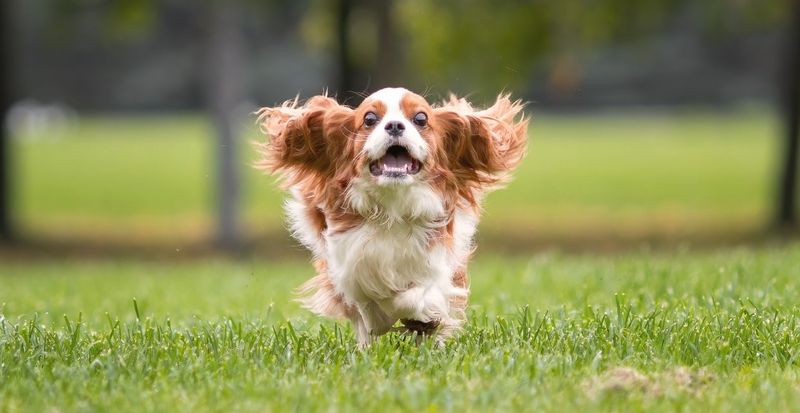The first two years of your puppy’s life are pivotal in shaping their behavior, personality, and ability to interact with the world. Puppies are impressionable, eager to learn, and form habits that can last a lifetime. To set your dog up for success, there are essential things every puppy should learn before they turn two. From basic obedience to proper socialization, these foundational lessons will ensure your dog becomes a well-mannered companion, not a source of stress.
Basic Commands: The Foundation of Obedience
Start with the essentials: Sit, Stay, Come, Down, and Leave it. These commands form the core of good behavior. Short training sessions are ideal, using positive reinforcement like treats and praise. Consistency is key—practice every day in different environments. Over time, your puppy will learn to respond reliably, making everyday interactions smoother. Patience is vital during this journey as young pups are full of energy and curiosity. By mastering these basics, you lay a strong foundation for more advanced training. Remember, every dog learns at its own pace.
Socialization With People and Animals
Socialization is critical during the early months and should continue until age two. Introduce your puppy to various people, including men, women, and children. Allow interaction with other friendly dogs and, if possible, other animals like cats. Expose them to different environments—parks, busy streets, stores that allow dogs. Proper socialization reduces fear, builds confidence, and prevents future aggression or anxiety. It’s an ongoing process that requires patience and creativity. Every encounter is an opportunity to teach respect and empathy, building a confident and happy companion.
Crate Training and Alone Time
Before your dog turns two, they should feel comfortable being alone. Crate training helps with potty training, reducing separation anxiety, and providing a safe space to relax. Gradually increase the time they spend alone, rewarding calm behavior. This teaches your dog that being alone is not scary or stressful. Creating positive associations with the crate is crucial. Introduce it slowly, making it a place of comfort rather than confinement. Over time, the crate becomes a haven, a trusted space where they feel secure even when you’re away.
Leash Walking and Public Manners
A well-trained dog should walk calmly on a leash without pulling or lunging. Practice loose-leash walking, waiting before crossing streets, and ignoring distractions. Teaching polite walking makes daily walks more enjoyable and safer for everyone involved. Start in quiet areas and gradually introduce more stimuli. Use treats and praise to encourage good behavior, turning walks into positive experiences. As your puppy matures, these practices will lead to confident and controlled outings. Walking together strengthens your bond and is a cornerstone of a harmonious relationship.
Handling and Grooming Tolerance
Get your puppy used to being touched: Handle their paws, ears, and mouth regularly. Practice brushing, nail trimming, and gentle restraint. Visit the vet or groomer just to say hello and get treats. This training is essential for stress-free grooming and vet visits later on. Make grooming sessions short and rewarding. Over time, your puppy learns that these interactions are routine and safe. Emphasize calmness and patience, creating a positive experience. Regular handling fosters trust and peace, ensuring a lifetime of easy care and healthy habits.
Impulse Control and Focus
Impulse control is vital for a well-behaved puppy. Imagine a puppy that can sit patiently while their food is being prepared. This ability to wait calmly can prevent many behavioral issues later.
Focus training helps puppies stay attentive to you amidst distractions. Teaching focus commands like ‘watch me’ can drastically improve your puppy’s responsiveness.
Consistency and patience are key. Use positive reinforcement to encourage good behavior, rewarding your puppy with treats and affection. This lesson lays the foundation for advanced training and a harmonious household.
Potty Training and House Rules
House training is the cornerstone of a harmonious home life with your puppy. Establishing a routine helps your puppy understand when and where to do their business.
Setting clear house rules prevents confusion. For instance, decide early on if your puppy is allowed on furniture. Consistency is your best ally.
Celebrate successes with treats and praise, and be patient through mistakes. A well-trained puppy is a joy to live with and minimizes stress for everyone involved.
Playtime and Enrichment Habits
Playtime is more than fun; it’s essential for your puppy’s growth. Consider a border collie engaging with puzzle toys. These activities stimulate their mind and body.
Enrichment keeps puppies from becoming bored and destructive. Rotating toys and introducing new challenges can keep your puppy engaged.
Young puppies benefit from varied play that enhances their learning and social skills. Remember, a tired puppy is a happy puppy, ready to rest peacefully.
Bite Inhibition
Teaching bite inhibition is crucial to a puppy’s development. Imagine a beagle puppy learning to play gently with human hands. This skill protects them and others from accidental injury.
Puppies explore the world with their mouths. Teaching them to control their bite pressure helps in social situations.
Use gentle redirection and praise when your puppy exhibits soft bites. This lesson fosters trust and ensures safe interactions with people and other animals.
A Reliable Recall
A reliable recall can save your puppy’s life. Picture a German Shepherd puppy sprinting joyfully across a field towards its owner.
Teaching your puppy to come when called strengthens your bond and ensures their safety in various environments.
Start training in a controlled setting, gradually introducing distractions. Use high-value treats and enthusiastic praise to reinforce this essential command. A strong recall is invaluable for a happy, adventurous life with your dog.
